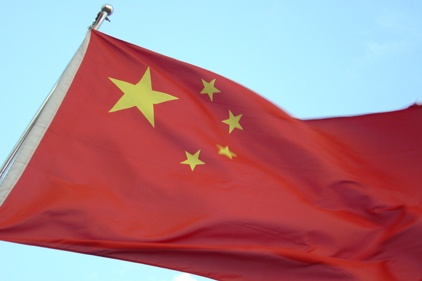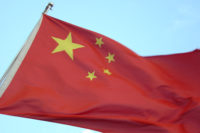An increased fascination with the West is slowly changing the lifestyles of many of China’s residents. With this Westernization comes a demand for more Western products and groceries that manufacturers of consumer packaged goods must respond to and integrate changes to meet these new packaging needs.
According to new research from market analyst Canadean, the Westernization of the market is new to Chinese consumers. Products that Americans think of as mid-range are often offered as premium products in China, where these commodities can serve as symbols of modernization and give consumers an elevated sense of status, researchers say.
Chocolates, coffee, cheese, ice cream and soft drinks are among the most desired Western products.
The report, Latest Trends and Key Issues in the Chinese Retail Packaging Market,” was created to provide information and analysis on the emerging growth trends in China’s packaging market including flexible, glass, rigid plastic, rigid metal and pater and board packaging materials.
For instance, researchers say the advantages of plastic in China’s soft drink and hot drink markets still outweigh any challenges the material would bring in terms of environmental cost and concern.
In addition, Chinese supermarkets differ from those in the US, Canadean says, pointing out an important trend for packaging companies.
“Despite China’s growing interest in Western brands, foreign offerings do not always find it easy to integrate into the Chinese retail market,” says Catherine O’Connor, senior analyst at Canadean. “Earlier this year, Revlon and L’Oréal both pulled back from China, misunderstanding the needs of this lucrative market.”
O’Connor says to attract Chinese customers, some US companies have localized products, offering familiar flavors and products Far Eastern consumers understand. For example, KFC offers a line of breakfast soups in China, and Oreos come in flavors like green tea since Chinese customers found the originals too sweet, researchers say.
However, packaging remains a key factor in getting a customer to take the product off the shelf.
According to the report, Chinese consumers prefer products that offer the greatest value for their money over products that perform better against a competitor. Manufacturers must also produce smaller packages to accommodate aging populations and decreasing household sizes.
“In particular, the use of colors is of paramount importance for the Chinese,” O’Connor says. “Yellow is seen as royal color, and red is chosen for good luck and happiness. However, these bright colors are mostly preferred for food products, while pastel or white shades are preferred for household items and personal care products.”
More information on the study can be found here.






